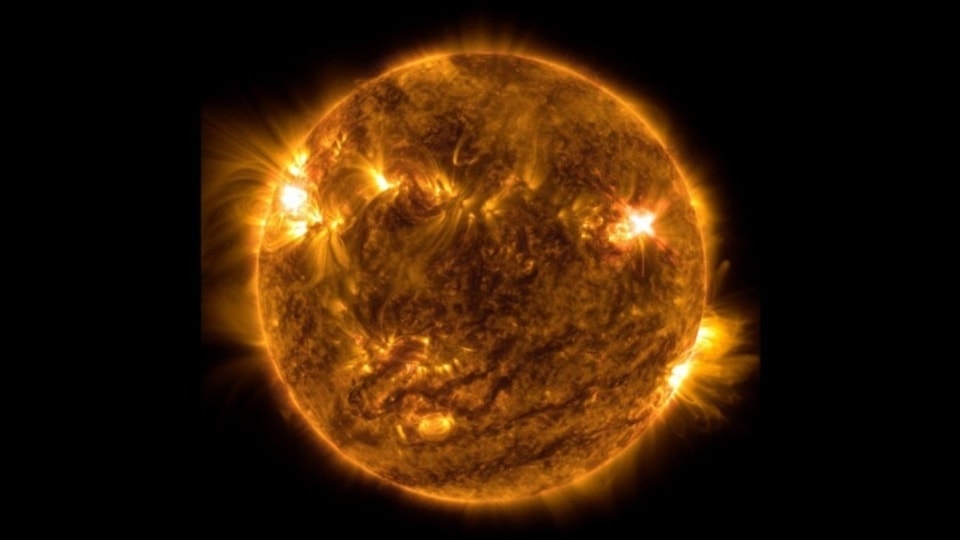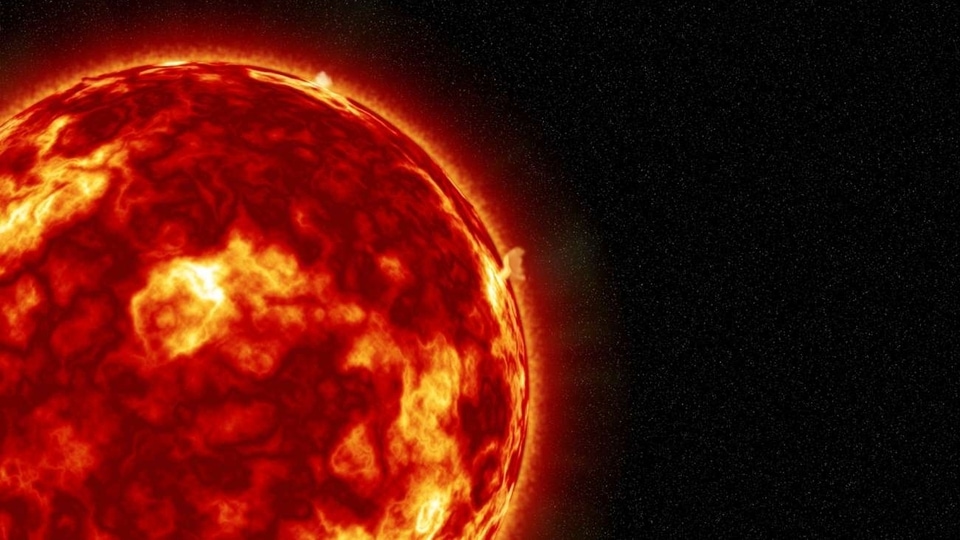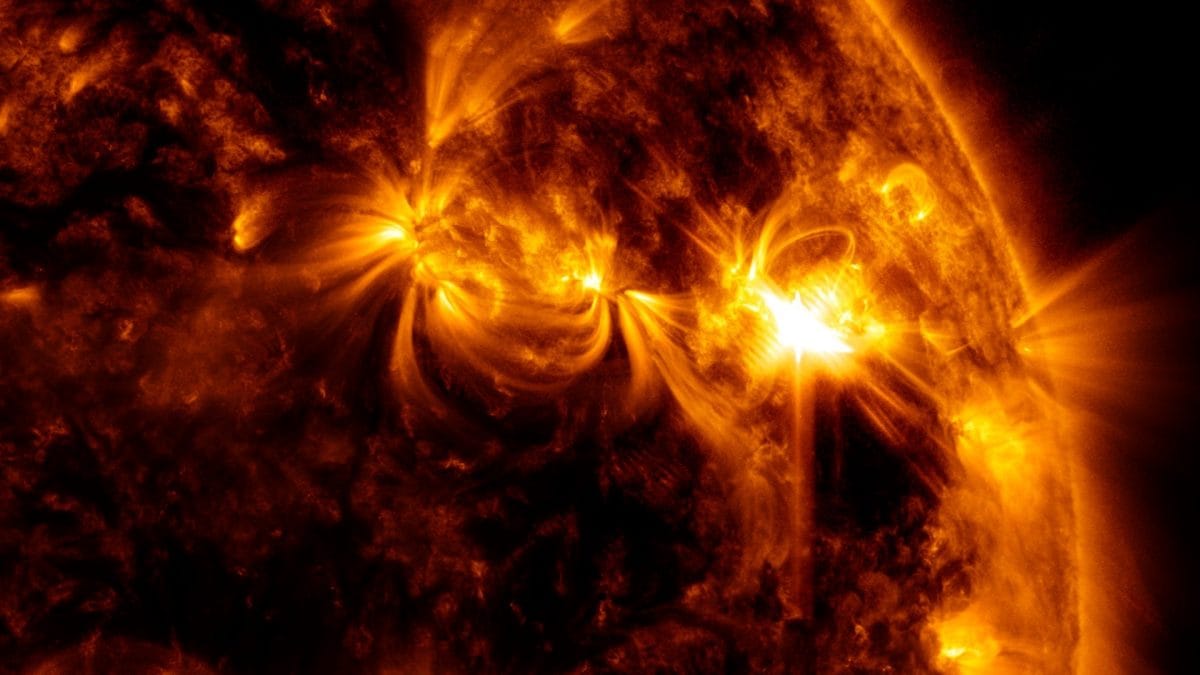Terrifying X-class solar flare hits Earth! Sparks radio blackouts
A dangerous solar flare hit Earth just a few days ago with disastrous consequences as it resulted in a radio blackout.






 View all Images
View all ImagesSun's activity has been rising in the past few months as we head further towards the peak of Solar Cycle 25. Although Solar Max isn't expected until 2024 or 2025, it has already resulted in dangerous solar activity such as solar flares, CME eruptions and solar storms hitting Earth, which have caused an impact. Just days ago, as many as 9 sunspot groups had been observed on the Earth-facing side of the Sun. One of them was sunspot AR3256 which was initially deemed to be stable, but it suddenly erupted.
Solar flare impact
According to NASA, the Sun emitted a strong solar flare, peaking at 10:33 p.m. ET on March 28, 2023. It was classified as an X1.2 flare. Solar flares are rated on the basis of their intensity with the most intense being an X-class solar flare, while the number provides more information about its strength. As soon as the solar flare hit Earth, it caused HF radio blackouts over southeast Asia, Australia and New Zealand.
Solar flares impact Earth only when they occur on the side of the sun facing Earth. Because flares are made of photons, they travel out directly from the flare site, so if we can see the flare, we can be impacted by it, according to NASA. The X-class solar flare was captured erupting as a bright flash on the bottom right of the Sun by NASA's Solar Dynamics Observatory.
The role of the NASA Solar Dynamics Observatory
The NASA Solar Dynamics Observatory (SDO) carries a full suite of instruments to observe the Sun and has been doing so since 2010. It uses three very crucial instruments to collect data from various solar activities.
They include Helio seismic and Magnetic Imager (HMI) which takes high-resolution measurements of the longitudinal and vector magnetic field over the entire visible solar disk, Extreme Ultraviolet Variability Experiment (EVE) which measures the Sun's extreme ultraviolet irradiance and Atmospheric Imaging Assembly (AIA) which provides continuous full-disk observations of the solar chromosphere and corona in seven extreme ultraviolet (EUV) channels.
Catch all the Latest Tech News, Mobile News, Laptop News, Gaming news, Wearables News , How To News, also keep up with us on Whatsapp channel,Twitter, Facebook, Google News, and Instagram. For our latest videos, subscribe to our YouTube channel.





























